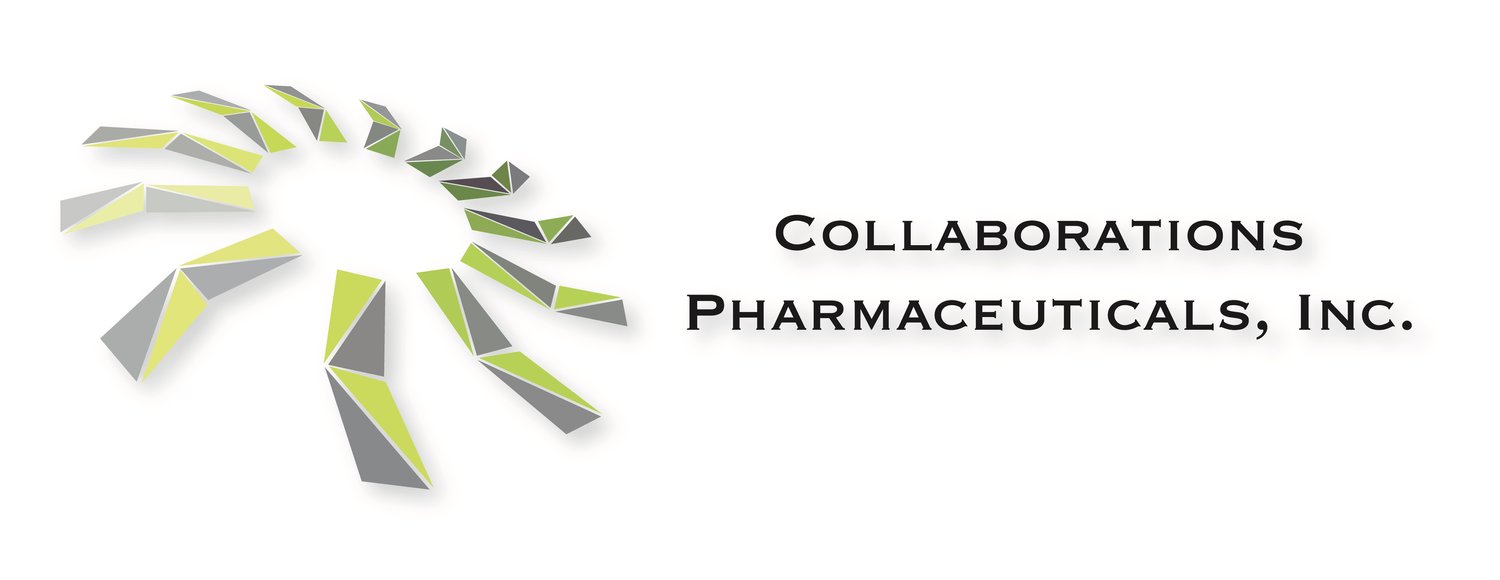Why Did We Publish On Dual Use Of AI?
The recent commentary on “Dual use of artificial-intelligence-powered drug discovery” has garnered some visibility over the last week in the popular press. Undertaking this project and publishing it was not something that was taken lightly. The work was performed with a limited goal in mind to demonstrate the use of the AI for the purposes of a conference focused on the misuse of technology. We wrote the article with experts Filippa Lentzos, Cédric Invernizzi in the domain of dual use. It then took many months to publish the work and we had to address several rounds of reviewer and editorial comments. Initially we submitted the commentary to the journal Science, because we thought (and still think) it was of general interest. After that triage we tried Nature Machine Intelligence because of the types of articles it publishes on AI. They certainly had lots of discussion about the commentary and probably took advice on the implications. We used widely available datasets and software which anyone can access, even then much of the details we provided were requested to be redacted by the journal and reviewers. We had also been careful to not share too many details. Obviously having to provide enough information so as not being super vague was a challenge. The paper was then prematurely published by the journal such that we did not have it under embargo with a release date for press. We were therefore taken by surprise when it was published and our first indication was when it had been picked up by various blogs etc. The journal then decided to make it freely available for a month to make up for their error.
We have since had many questions from interviewers, scientists and the general public and this seems to continue. Obviously it caused alarm to many as it caused alarm to us too. The technology we use is amenable to drug discovery and that is how we apply it in the company. We can use our software on projects for clients under our close control. As yet we have not licensed the MegaSyn software to anyone and of course we are very careful who we work with (primarily major pharmaceutical, consumer product and chemical companies). We would be keen to apply our AI capabilities to other areas that can help humankind and we are open to those discussions. We also do have an interest in understanding how pesticides and chemicals (such as nerve agents) in general are metabolized or broken down because this is of general interest to us in drug and molecule discovery. The insights from the dual use article could have value in the design of compounds that could be modified to remove their toxicity and yet maintain therapeutic efficacy. We would never share the molecules the AI designed for this project (and yes people did email asking for them!).
As a company we do pay close attention to ethics and this work raised questions in this domain. We wanted to do the right thing. We stopped before going further in the design process, as what we did was incredibly preliminary as we did not look into the synthetic viability of some of the other molecules ‘created’ by the AI. We did not synthesize any molecules and we did not test anything. Many commentators wonder about the value if we did not make them. Well we did re-discover VX and closely related compounds in the process and for us that was validation and a stopping point. Much of the industry is focused on validating AI for drug discovery and there is pressure to make molecules that are proposed by AI, test them and show they work. Perhaps this may also raise concerns for those companies or individuals that may not have that ethical check in place. That was our point, to raise this issue because the software, data and hardware we have now is at a point were it can be used for such purposes. We have seen dramatic developments in all these areas so that we have enough data to build highly predictive machine learning models for molecule properties (e.g. toxicity and bioactivities), we have the algorithms for generative molecule design that are open source and the hardware to run the code on does not need to be so powerful. These represent a potent combination. Our point was like any technology, we need to consider how it can be misused. It just so happens that our commentary came out in the middle of a war that is perpetrated by a country that is known for indiscriminate use of chemical weapons. At another time it probably would have not received as much attention.
While we do not have all the answers and we cannot make policies around this, we can however be vigilant and have a responsibility to ensure others do not misuse these tools.
Sean
